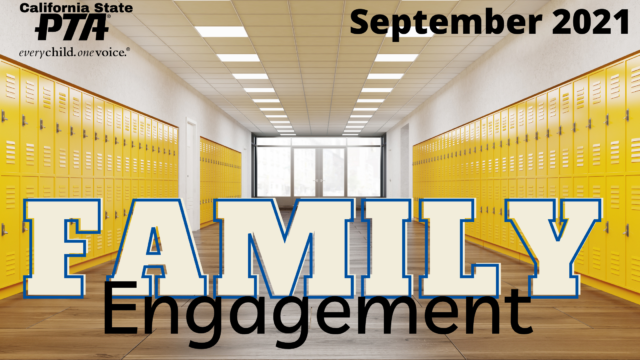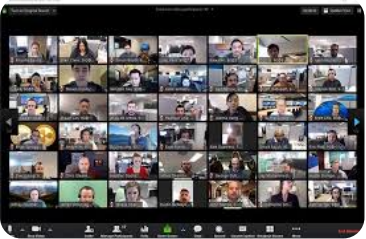By Heather Ippolito, VP Family Engagement

As we continue our series about the PTA National Family-School Partnership Standards we want to remind you that we have several blog posts around this topic:
- PTA National Standards for Family-School Partnerships
- Standard 1- Welcoming All Families
- Standard 2- Communicating Effectively
The third standard of supporting student success encourages families and school staff to continuously collaborate to support students’ learning and healthy development both at home and at school, and to have regular opportunities to strengthen their knowledge and skills to do so effectively. Here are some ideas of ways to bring this standard to life on your campus:
- Help parents understand what their child needs to succeed in school by holding grade-level meetings to cover the state standards, assessments, and expectations at the beginning of the year.
- Testing data can be confusing to families. Parents should be given resources to fully understand their child’s assessment reports and the school should also share full-school data with families. This could be done at a coffee with the principal, a parent night event, or at a PTA/PTSA Meeting.
- Parent conferences or goal-setting meetings are a great way for families and school personnel to connect, but these should be two-way conversations– not just an opportunity for the teacher to do all the talking. Parents should be encouraged to share their hopes and goals for their child and to convey their families’ cultural experiences that may influence how their child learns.
- Families should be encouraged and welcome to participate in classroom and on-campus activities (when it is safe to do so). The PTA can help facilitate this by making sure families are aware of the volunteer opportunities and any of the requirements necessary to participate (district training, fingerprinting, etc.).
- Parents also need to understand how they can support learning at home. Teachers can be a huge help with this by sharing ideas with families including visiting museums, seeing movies or concerts, or other opportunities for learning outside of the classroom walls. The PTA can also support this by bringing educational experiences onto the campus to help ensure that every family can participate.
- After-school or summer learning can also be beneficial to students. PTA can help facilitate classes or other educational experiences to make learning fun for the kids and keep the learning happening outside of the traditional school day.
- California State PTA has an online Resource Library to help parents find resources to continue learning at home. You can search by keyword, grade level, school subject, or type of resource (video, website, PDF, etc.).
Do you have a great suggestion for supporting student success? Please share it with us and you may be featured on our social media.
 Recognizing the need for a whole new way to create engagement and community, the PTA in San Francisco started “4-1-1 Wednesday” virtual gatherings for all San Francisco families. They could join by phone or computer. Topics centered on how to support families and parent groups: fundraising brainstorming, mental health and wellness strategies, and tips on creating an inclusive community. 4-1-1 Wednesdays also feature Town Halls with the District Superintendent and Department of Public Health.
Recognizing the need for a whole new way to create engagement and community, the PTA in San Francisco started “4-1-1 Wednesday” virtual gatherings for all San Francisco families. They could join by phone or computer. Topics centered on how to support families and parent groups: fundraising brainstorming, mental health and wellness strategies, and tips on creating an inclusive community. 4-1-1 Wednesdays also feature Town Halls with the District Superintendent and Department of Public Health. About Kari Gray: A San Francisco resident, public school parent, arts advocate and community engagement specialist, Kari Gray currently works as the Special Projects Manager at ODC/Dance and serves on the Boards of Youth Arts Exchange, the Second District of the California State PTA, and on the Family Engagement Commission and Art Committee for the California State PTA.
About Kari Gray: A San Francisco resident, public school parent, arts advocate and community engagement specialist, Kari Gray currently works as the Special Projects Manager at ODC/Dance and serves on the Boards of Youth Arts Exchange, the Second District of the California State PTA, and on the Family Engagement Commission and Art Committee for the California State PTA.